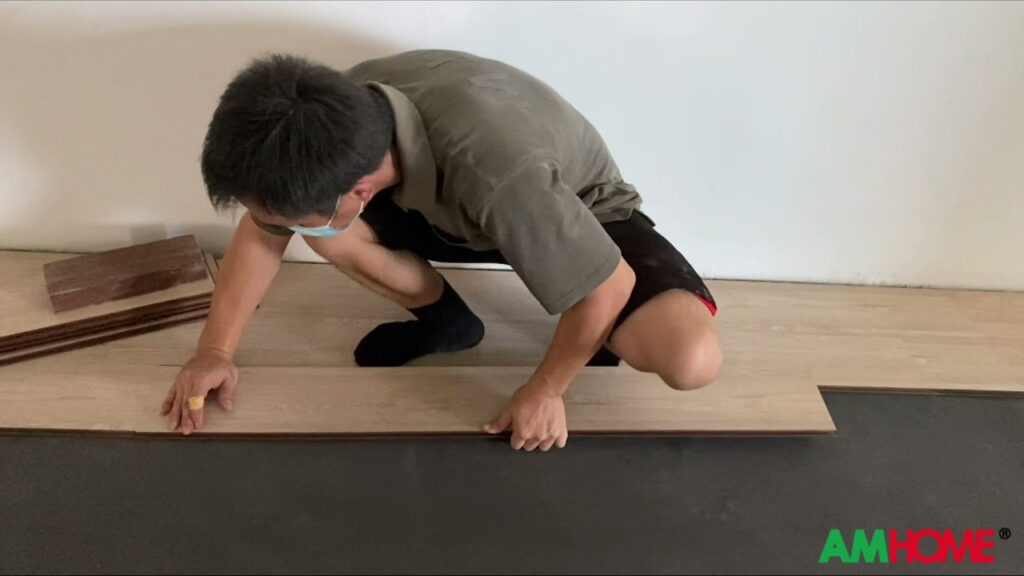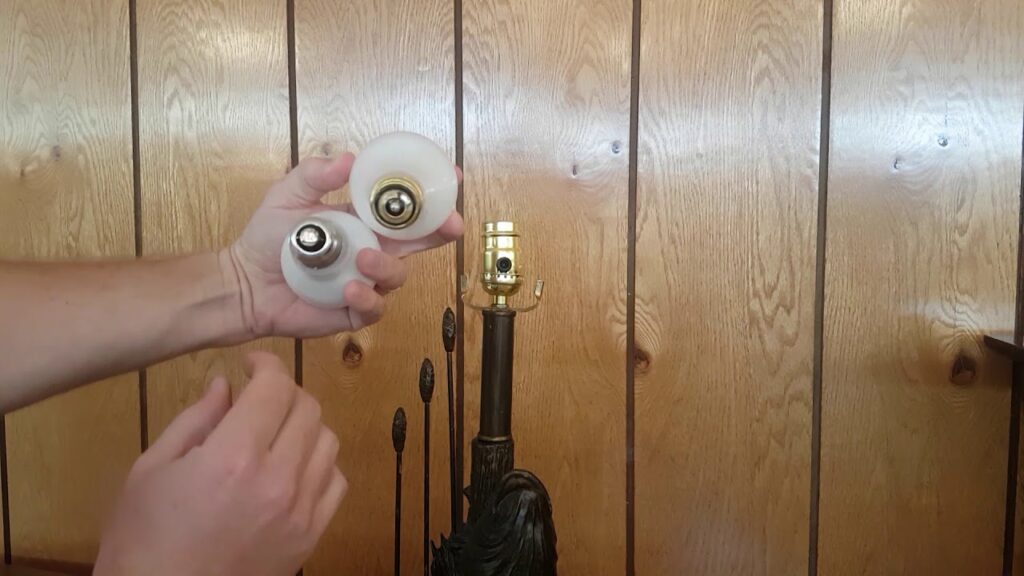Understanding Common Bamboo Flooring Problems
Bamboo flooring is known for its eco-friendly nature and durability, but like any other flooring material, it can come with its own set of issues. Understanding these common problems can help homeowners make informed decisions and properly maintain their bamboo floors.
1. Moisture Damage
One of the most prevalent issues with bamboo flooring is moisture damage. Excessive moisture can cause the bamboo to swell and warp, leading to unsightly gaps and uneven surfaces. It’s essential to maintain a stable indoor humidity level and clean up any spills promptly to prevent moisture-related problems.
2. Scratches and Dents
While bamboo is a durable flooring option, it is not entirely resistant to scratches and dents. Heavy furniture, pet claws, and high heels can leave marks on the surface over time. Using furniture pads and area rugs in high-traffic areas can help minimize the risk of these issues.
3. Fading and Discoloration
Exposure to direct sunlight can cause bamboo flooring to fade and change color over time. This is a common problem in rooms with large windows or skylights. Using window treatments and area rugs to block UV rays can help prevent fading and discoloration, preserving the floor’s natural beauty.
4. Quality Control Issues
Some bamboo flooring products may have quality control issues, such as inconsistent coloring, uneven finish, or weak structural integrity. It’s important to purchase bamboo flooring from reputable suppliers and carefully inspect the product before installation to avoid these potential problems.
By understanding and addressing these common bamboo flooring problems, homeowners can ensure the longevity and beauty of their bamboo floors. Regular maintenance, proper installation, and preventive measures can help mitigate these issues and maintain stunning bamboo flooring for years to come.
Moisture and Its Impact on Bamboo Flooring
Moisture is a critical factor when it comes to bamboo flooring, as it can significantly impact its stability and longevity. Unlike hardwood flooring, bamboo is more sensitive to changes in humidity and moisture levels. Excessive moisture can lead to swelling and warping of the bamboo planks, causing unsightly gaps and uneven surfaces. On the other hand, low humidity levels can cause the bamboo to shrink and crack over time, compromising its structural integrity.
To maintain the optimal condition of bamboo flooring, it’s essential to control the indoor humidity levels within the recommended range of 30-50%. Installing a dehumidifier or humidifier can help regulate the moisture levels, reducing the risk of damage to the bamboo flooring. Additionally, using a moisture barrier during installation can provide an extra layer of protection against moisture infiltration from the subfloor.
Regularly monitoring the moisture levels in the room where the bamboo flooring is installed is crucial for its upkeep. Investing in a digital hygrometer can help homeowners track the humidity levels and take necessary precautions to prevent moisture-related issues. By maintaining a stable indoor environment, bamboo flooring can thrive and remain a beautiful and durable flooring option for years to come.
Scratches and Wear on Bamboo Flooring
Bamboo flooring is known for its durability, but it is not completely immune to scratches and wear over time. Even though bamboo is harder than many hardwoods, it can still be susceptible to damage from high heels, pet claws, and furniture legs. To minimize scratches, consider using felt pads on furniture and encouraging people to remove their shoes indoors.
Preventive Measures
To prevent scratches and wear on your bamboo flooring, there are a few preventive measures you can take. Regularly sweeping or vacuuming to remove dirt and debris can prevent them from acting like sandpaper on your floor. Additionally, using area rugs in high-traffic areas and door mats at entryways can help reduce wear on your bamboo flooring.
- Use felt pads on furniture
- Encourage removal of outdoor shoes
- Regularly sweep or vacuum the floor
- Use area rugs in high-traffic areas
- Place door mats at entryways
Maintenance Tips
If your bamboo flooring does show signs of wear and scratches, there are ways to address them. Regularly cleaning the floor with a manufacturer-approved cleaner and using touch-up kits can help maintain its appearance and protect it from further damage.
By being proactive and taking preventive measures, you can minimize scratches and wear on your bamboo flooring and keep it looking beautiful for years to come. Remember, proper maintenance and care are key to preserving the integrity and longevity of your bamboo flooring.
Bamboo Flooring Installation Challenges
Installing bamboo flooring can come with its own set of challenges that need to be carefully addressed to ensure a successful and long-lasting installation. One common challenge is the acclimatization of the bamboo planks to the installation environment. Due to its organic nature, bamboo is sensitive to changes in humidity and temperature. Ensuring that the bamboo planks acclimate properly to the installation space is crucial to prevent issues such as warping or buckling after installation.
Another challenge in bamboo flooring installation is subfloor preparation. It’s essential to ensure that the subfloor is clean, level, and dry before installation. Any imperfections or moisture in the subfloor can negatively impact the performance and longevity of the bamboo flooring. Proper subfloor preparation may involve leveling compounds, moisture barriers, and addressing any structural issues to create a suitable foundation for the bamboo flooring.
Furthermore, bamboo flooring installation may pose challenges related to the installation method itself. Depending on the type of bamboo flooring (e.g., tongue and groove, click-lock), specific installation techniques may be required. Ensuring the proper installation method is chosen and executed accurately is vital to prevent gaps, uneven surfaces, or difficulties during the installation process.
In addition, proper tools and techniques are crucial in overcoming bamboo flooring installation challenges. From specialized saws for cutting the planks to using the right adhesive or underlayment, employing the correct tools and techniques can significantly impact the quality and durability of the installation. Adhering to manufacturer guidelines and seeking professional assistance when needed can help navigate and overcome these challenges for a successful bamboo flooring installation.
Overall, understanding and addressing the challenges associated with bamboo flooring installation is essential for a smooth and durable installation process. By focusing on acclimatization, subfloor preparation, installation methods, and utilizing the right tools and techniques, these challenges can be effectively managed to achieve a beautiful and long-lasting bamboo flooring installation.
Maintaining and Caring for Bamboo Flooring
Regular Cleaning
Regular cleaning is essential for maintaining the beauty and longevity of bamboo flooring. Sweep or vacuum the floor to remove dirt and debris, as these can cause scratches and wear over time. Damp mop the floor with a pH-neutral cleaner and make sure to dry it thoroughly to prevent water damage.
Preventing Scratches
To prevent scratches and dents, place felt pads under furniture legs and use rugs or mats in high-traffic areas such as entryways. Avoid walking on the floor with high heels or shoes with cleats, as these can cause damage.
Protecting from Sunlight
Protect bamboo flooring from direct sunlight, as prolonged exposure can cause discoloration and fading. Use window coverings or UV-protective film on windows to minimize the flooring’s exposure to harmful UV rays.
Maintaining Humidity Levels
Bamboo flooring is sensitive to changes in humidity, so it’s important to maintain stable indoor humidity levels. Use a humidifier in dry conditions and a dehumidifier in humid climates to keep the moisture levels within the recommended range.


